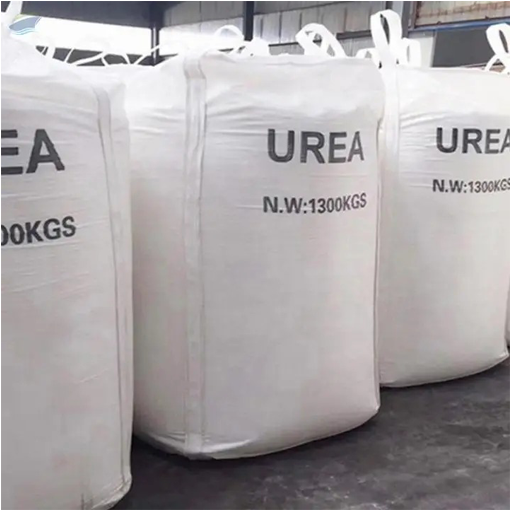
Granular Urea Fertilizer
The demand for urea is continuously growing and entwined with the need for fertilizers and animal feed additives. Industrially, urea is initially produced in liquid form as a concentrated solution. Then, it can be converted into particulate material either through granulation or prilling processes. Since granules have better attributes than prills, nowadays granulation is the preferred production route. Urea granulation is a multifaceted process that requires several operation units, which constitute the granulation circuit, to produce the solid form (granules) with the desired attributes. The main unit of the circuit is the granulator, where small urea particles known as seeds are continuously fed and sprayed with a urea concentrated solution. The seeds grow through deposition of the solution droplets onto the solids surface, followed by water evaporation and urea solidification. The granules that leave the size enlargement unit are size classified into product, oversize and undersize streams. The product is transported to storage facilities, while the oversize fraction is fed to crushers for size reduction. The crushed oversize particles are then combined with the undersize granules and recycled back to the granulator as seeds. Focusing on urea, the advantages of granules over prills are discussed by exploring the physical properties of both solid forms. Then, the current available technologies for urea granulation are presented in a comparative manner. From this analysis, the fluidizedbed granulator appears as the most widely used equipment for granular urea production. Due to this preference, different approaches to model fluidized-bed granulators are presented aiming to give a comprehensive picture of the fundamental phenomena that occurs within these granulation units. Special attention is placed on the granules growth mechanism, and its proper representation. Although coating is the preferred urea growth mechanism, unexpected operating situations may favor size enlargement by agglomeration that is an undesired phenomenon. Therefore, based on experimental data obtained in a pilot-scale fluidized-bed batch granulator for urea production, the influence of the operating variables on both granules quality and growth mechanisms is discussed. Finally, mathematical models for peripheral circuit units (crusher, cooler and screens) are presented. By coupling all the involved units, a complete granulation circuit simulator is reported. Steady-state and dynamics results obtained by means of the urea granulation simulator are provided to show the influence of different circuit operating variables on the marketable product size distribution and the plant throughput. Summarizing, this chapter gives an introduction to the main features of the urea granulation process and remarks operation problems that face the granular urea production together with possible strategies to overcome them.
